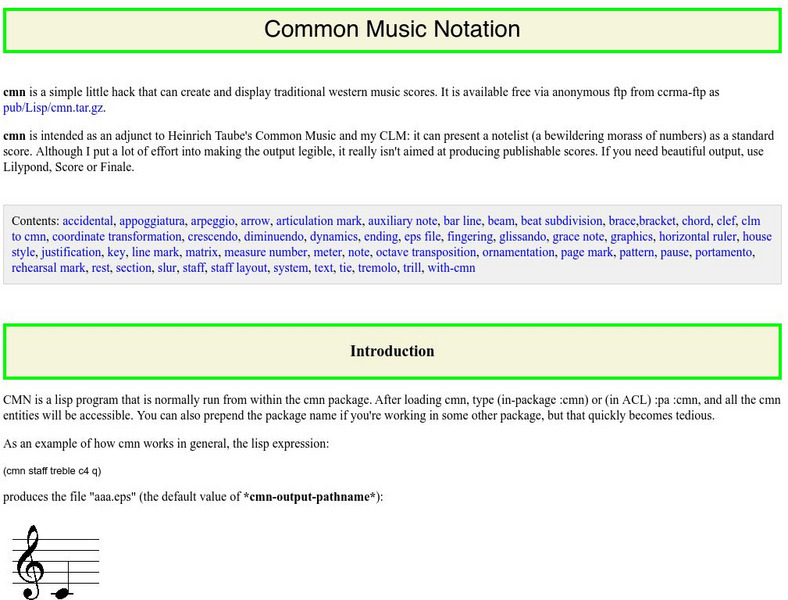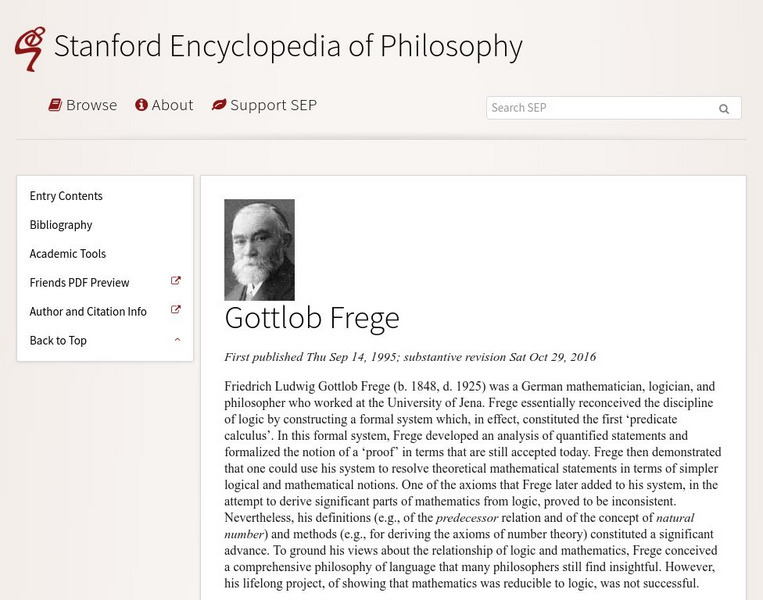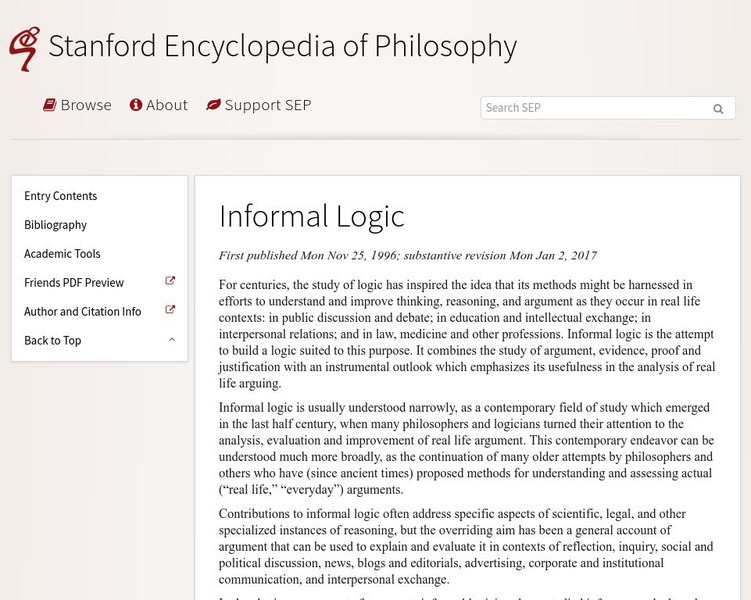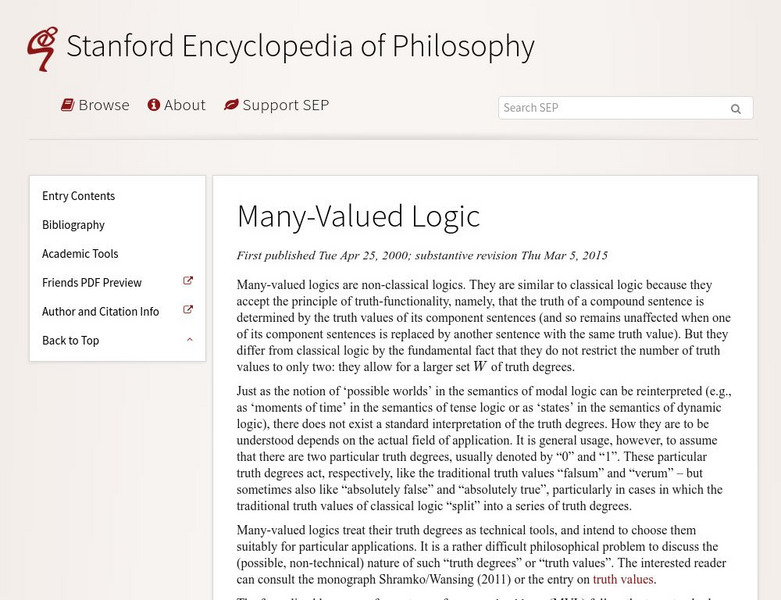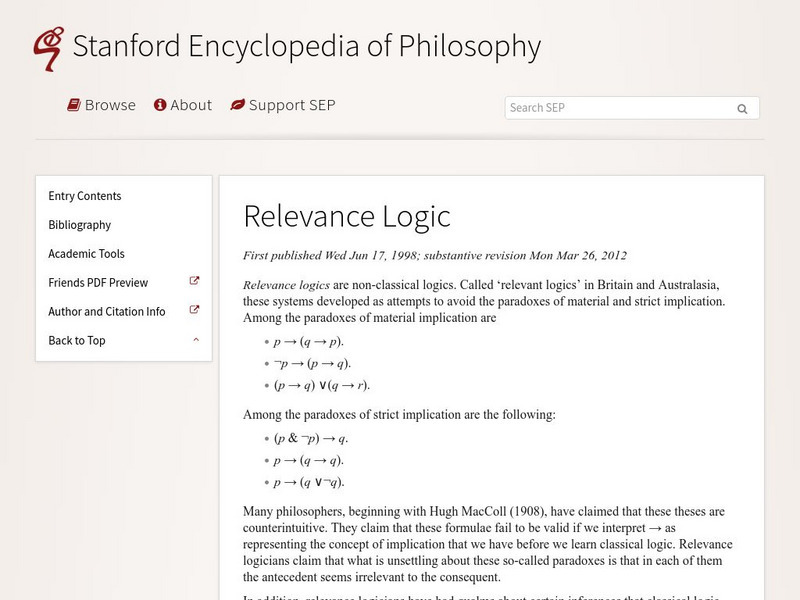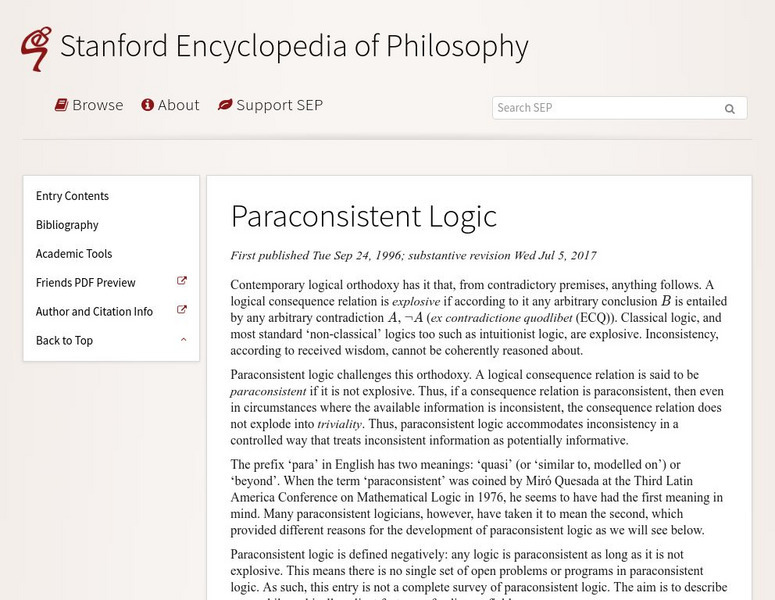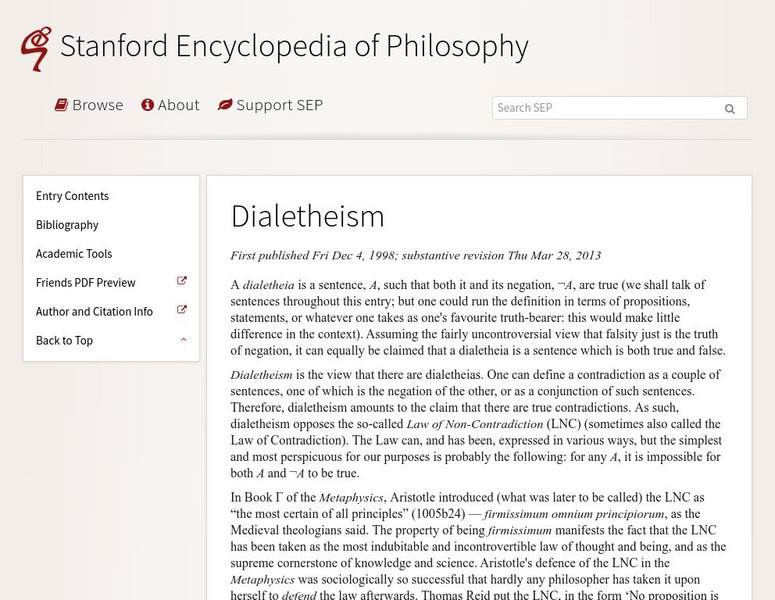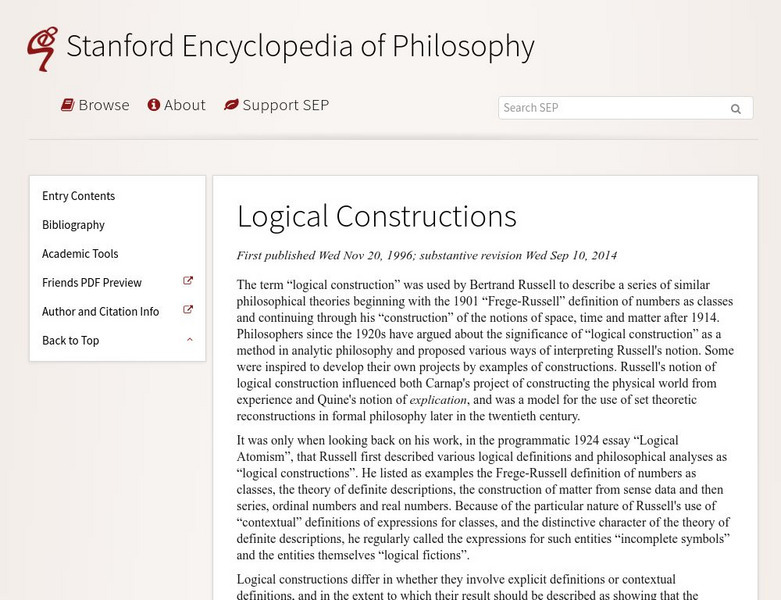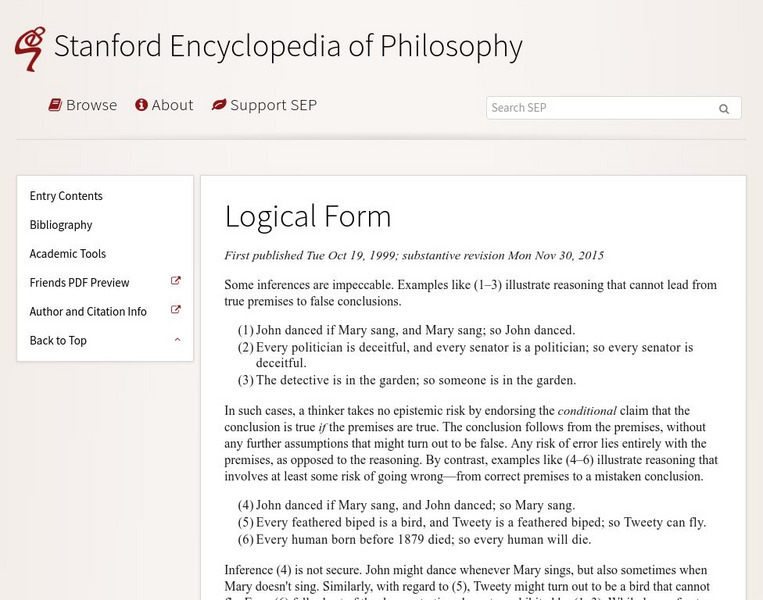Stanford University
Transcontinental Railroad
Did the Transcontinental Railroad connect the nation or divide it? Learners demonstrate their knowledge of the impact of the Transcontinental Railroad in a written assessment. The assessment also uses an original photo as a prompt for...
Stanford University
Japan and America
When Commodore Matthew Perry sailed to Japan and demonstrated American naval strength, he forced the empire to engage in trade with the United States. How did this new, strong-armed relationship influence both parties? Pupils consider...
Stanford University
Vicksburg
Long before the term fake news, media outlets offered competing narratives of events at the time. Looking at newspaper reports from the Battle of Vicksburg, class members consider two different versions of the strategic siege—one...
Stanford University
Chinese Immigration and Exclusion
The Chinese Exclusion Act was the first race-based restriction on immigration in American history. Why was the act passed after Chinese immigrants helped build the Transcontinental Railroad? A series of documents, including speeches and...
Stanford University
Evaluating Historical Sources on Juana Briones
Most have never heard of Juana Briones, the incredible woman who came to own property and divorce her husband in 1850s California. Yet, her relatively unknown life reflects the historical dynamics of the American West, particularly those...
Stanford University
Civil War Photographs
One of the first photographed images of the Civil War give historians a glimpse of the realities of war. By viewing images from the war—including pictures of those killed in the bloodiest battles—learners experience the war's impact...
Stanford University
The Gold Rush and San Francisco
The California Gold Rush rewrote the history of the American West, but especially that of San Francisco. After analyzing images of the city and primary sources, such as a diary entry, scholars discuss these changes. Scaffolded questions...
Stanford University
Native Californians and the Portola Expedition
What was California like before the Spanish came? Class members discover the answer to the question using images of Native Americans and diaries of the early Spanish explorers. Scaffolded activities allow instructors to adapt the...
Stanford University
Expansion of the Inca Empire
If you could write your own history textbook, what would you include? Learners play the role of textbook writers by examining evidence of the Inca Empire. With primary sources from Spanish and indigenous perspectives, as well as images,...
Stanford University
King Philip's War
King Philip's War was the crescendo of a violent period between the Pequot and English colonists. Using documents from English settlers, including a contemporary report on the conflict, learners explore the little-known period. They then...
Stanford University
Ccrma: Common Music Notation
This resource features information on notes, rests and many, many other basic music theory examples.
Stanford University
Martin Luther King, Jr. And the Global Freedom Struggle
This article takes readers through the events leading to the expansion of the Civil Rights Movement to the north through a major non-violent campaign protesting unfair housing practices in Chicago.
Stanford University
Stanford Encyclopedia of Philosophy: Gottlob Frege
Good summary of Frege's thought. Some sections are more technical, but the explanation of his philosophy of language and other sections are more readable.
Stanford University
Informal Logic/stanford Encyclopedia of Philosophy
Describes the recent movement known as "informal logic." Summarizes its brief history, provides several detailed examples, and explains its relationship to philosophy. Bibliography included.
Stanford University
Stanford U.: Evaluating Information: The Cornerstone of Civic Online Reasoning
This report from the Stanford History Education Group describes the conclusions of their work in field testing a set of assessments of civic online reasoning by young people from the middle school to the college level. Middle school...
Stanford University
Mlk and the Global Freedom Struggle: Albany Movement
Encyclopedia entry examines the Albany Movement, a desegregation coalition formed in Albany, Ga. in 1961 with the purpose of ending all forms of racial segregation in the city.
Stanford University
Mlk and Global Freedom Struggle: Congress of Racial Equality
Encyclopedia entry explores the involvement of the Congress of Racial Equality (CORE) in America's civil rights struggle throughout the late 1950s and into the mid-1960s.
Stanford University
King Institute Resources: Freedom Summer (1964)
Discussion of one of the last major interracial civil rights efforts of the 1960s to register as many African-American voters as possible in Mississippi.
Stanford University
Many Valued Logic/stanford Encyclopedia of Philosophy
Explains the logical theory of "many-valued logic," a modern alternative to classic logic. Sections address its history, notation and proofs, and applications to linguistics, mathematics, philosophy, and artificial intelligence. For the...
Stanford University
Relevance Logic/stanford Encyclopedia of Philosophy
Discusses the topic of relevance (or relevant) logics. Presents the theory and applications of relevance logic, which attempts to resolve "fallacies of relevance."
Stanford University
Stanford Ency. Of Philosophy: Paraconsistent Logic
This site from the Stanford Encyclopedia of Philosophy discusses the logical theory of true contradictions, known as paraconsistent logic. Article addresses the history of the theory's development and a technical presentation of its...
Stanford University
Stanford Encyclopedia of Philosophy: Dialetheism
Describes the notion of "dialetheism," the logical theory of true contradictions. Explains its history of development, its philosophical consequences, and its significance for rationality. Excellent bibliography.
Stanford University
Stanford Ency. Of Philosophy: Logical Construction
This site from the Stanford Encyclopedia of Philosophy discusses Bertrand Russell's notion of "logical construction" and its influence in the development of logical positivism. Mostly historical in orientation and is accessible to those...
Stanford University
Stanford Encyclopedia of Philosophy: Logical Form
A terrific introduction from the Stanford Encyclopedia of Philosophy to the conventions of notation and form in logic, and indeed to logical philosophy in general. Discusses the logical semantics of propositions, description, analysis,...












